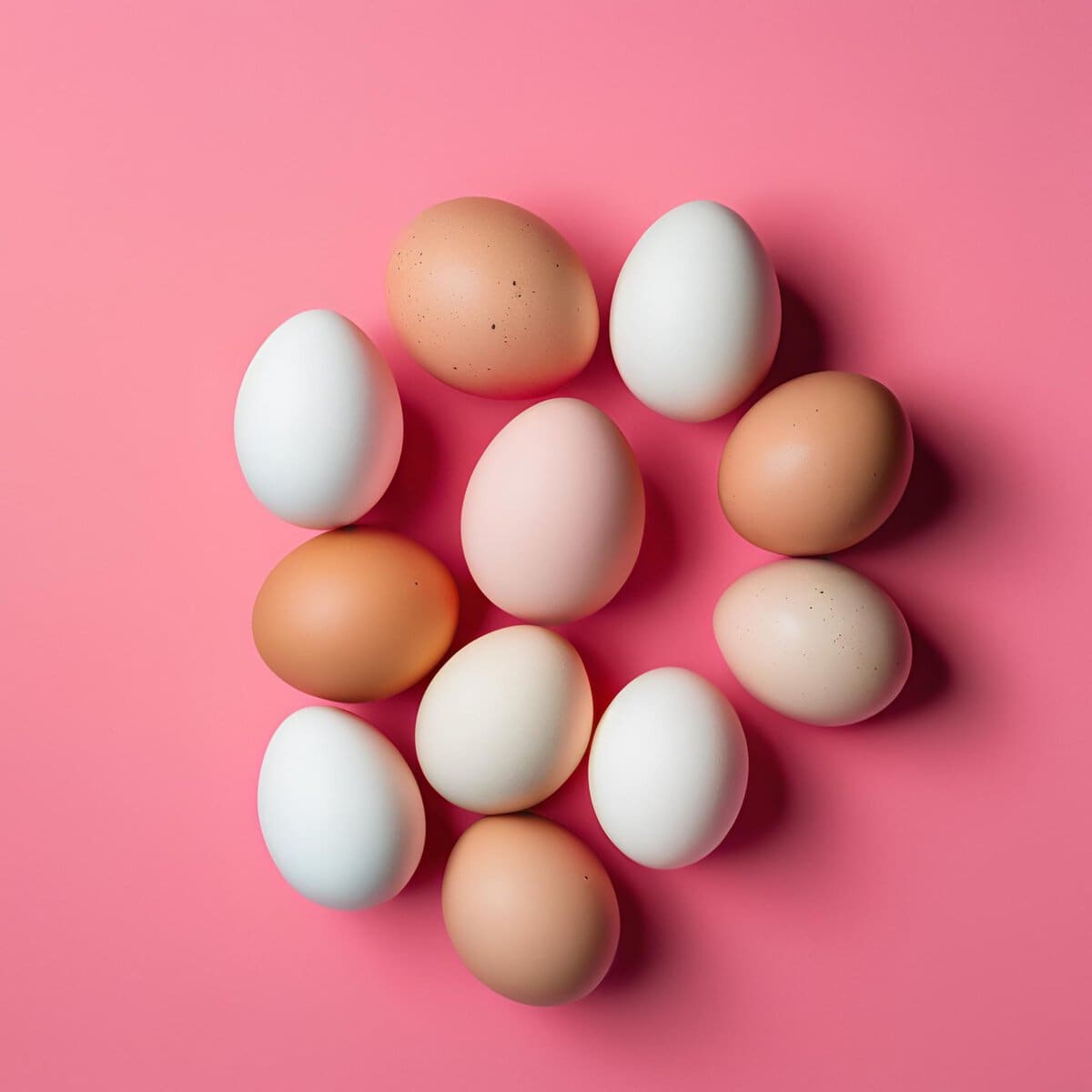
Best Egg Edition: Substitutes, Egg Wash, Vegan Options + More
DISCLAIMER: This post may contain affiliate links, which means that I make a small commission off items you purchase at no additional cost to you. Please read my policy page!
Best Egg Edition: Substitutes, Egg Wash, Vegan Options + More
If you’re anything like me, eggs are a beloved staple in your kitchen. They’re incredibly versatile, whether you’re flipping an omelet for breakfast, baking a cake for a special occasion, or whipping up a classic egg wash for your pastries. Today, we’re diving into everything you need to know about eggs, from the best substitutes to how to poach the perfect egg and more!
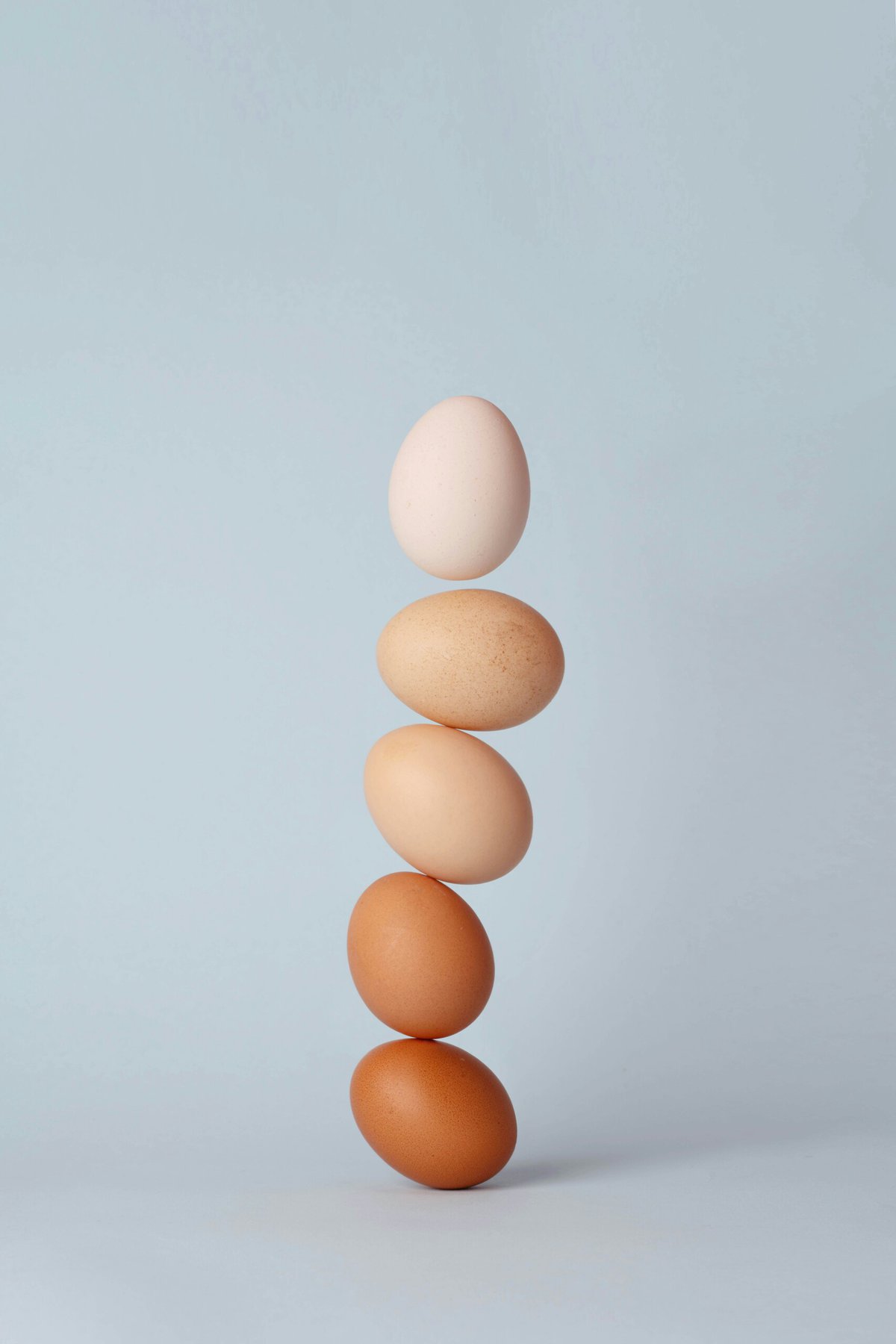
I use eggs all the time in my kitchen—whether I'm whipping up fluffy omelets, baking a hearty breakfast casserole, or adding richness to my favorite hand pies. They’re a versatile ingredient that brings so much to the table! That’s why I wanted to do a full egg breakdown, covering everything from traditional uses to fantastic vegan options. Let’s dive into the world of eggs and explore their many uses, substitutes, and health benefits + more!
Jump to:
The Nutritional Power of Eggs
One of the reasons I adore eggs is their impressive nutritional profile. A single large egg packs in about 6 grams of protein, making it a amazing choice for those looking to add a nutritious boost to their meals. They’re also rich in essential vitamins and minerals, like Vitamin B12 and selenium.
How Much Protein Is in an Egg?
Curious about how much protein is in an egg? On average, a large egg contains around 6 grams of protein. This protein is of high biological value, meaning it provides all the essential amino acids your body craves.
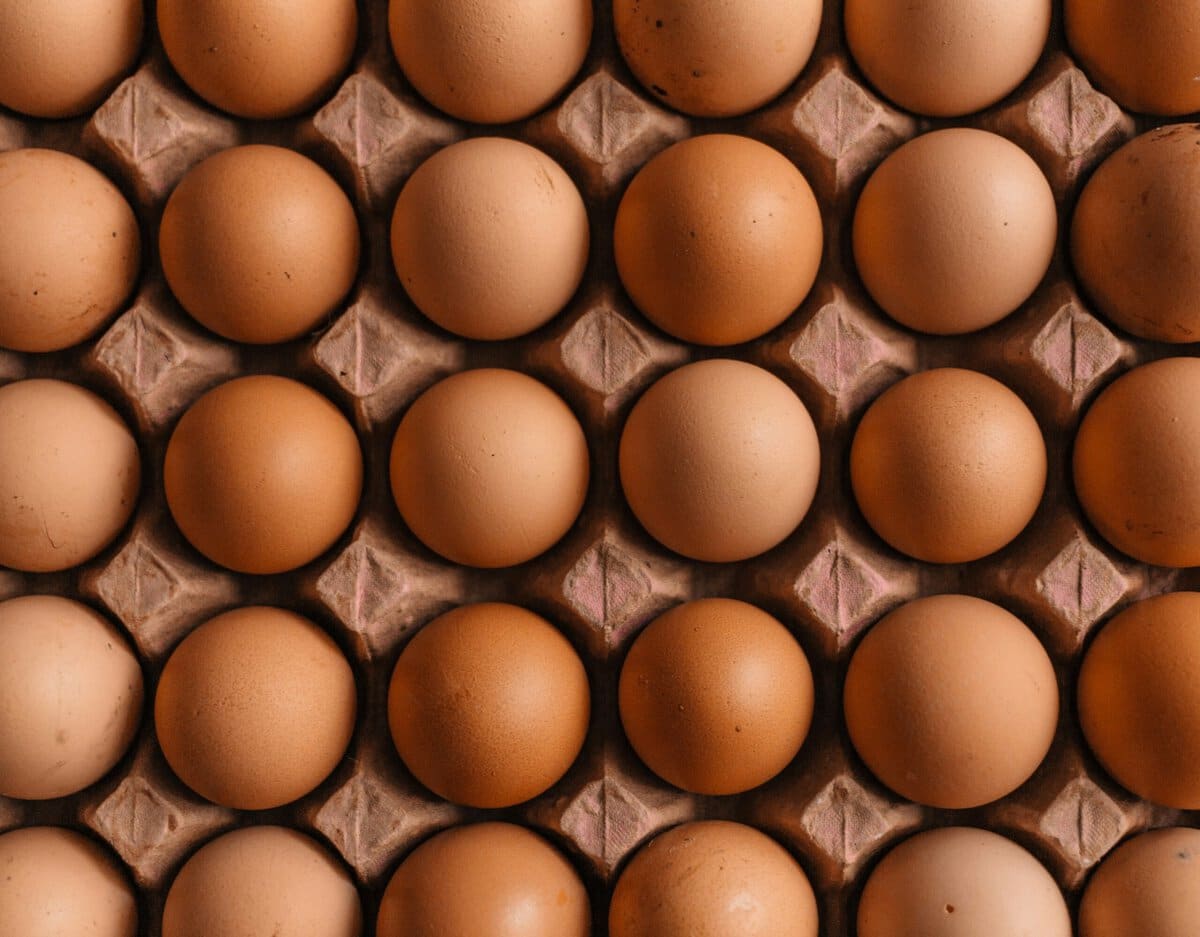
Best Egg Substitutes
Now, let’s talk about egg substitutes! Whether you’re cooking for someone with dietary restrictions or you simply want to explore some egg-free options, I’ve got you covered. Here are some of the best substitutes you can easily use in your recipes:
Flaxseed Meal
- Ratio. 1 tablespoon ground flaxseed + 3 tablespoons water = 1 egg
- Use. This is perfect for baking cookies, pancakes, and muffins. Flaxseeds bring a lovely nutty flavor and a good dose of omega-3 fatty acids. Plus, it’s an easy way to sneak in some extra nutrition!
Chia Seeds
- Ratio. 1 tablespoon chia seeds + 3 tablespoons water = 1 egg
- Use. Just like flaxseed, chia seeds work well in baking and cooking. They add a slightly different texture and flavor, plus they’re packed with fiber!
Applesauce
- Ratio. ¼ cup unsweetened applesauce = 1 egg
- Use. This is a fantastic option for sweet baked goods like cakes and muffins. It adds moisture and sweetness without any eggy taste.
Silken Tofu
- Ratio. ¼ cup blended silken tofu = 1 egg
- Use. Perfect for creamy recipes like custards + sauces. It blends smoothly, making it a great option for both savory and sweet dishes.
Aquafaba
- Ratio. 3 tablespoons aquafaba = 1 egg
- Use. You’ll be amazed at what you can do with the liquid from canned chickpeas! Aquafaba is fantastic for meringues, mayonnaise, and anything that needs whipped egg whites. It’s a total game changer!
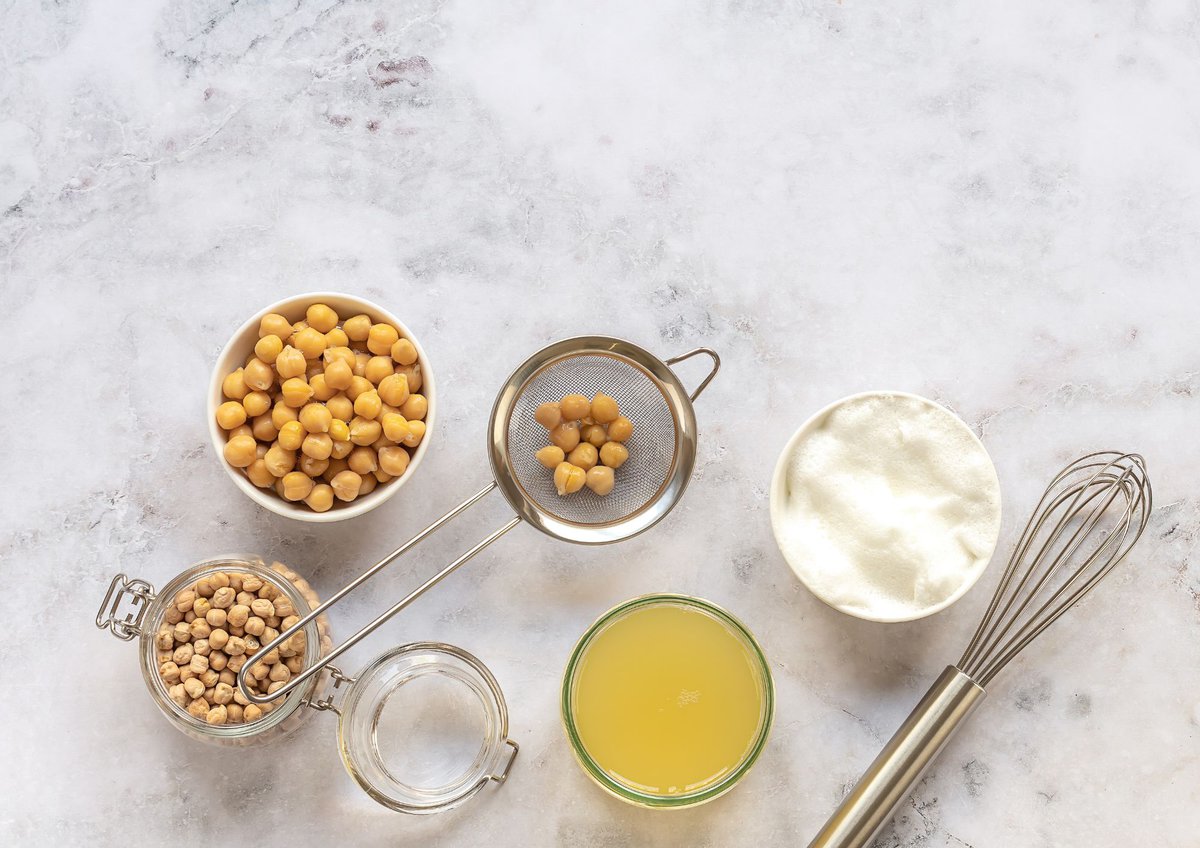
Egg Wash: The Secret to Golden-Brown Pastries
An egg wash is a magical mixture that gives pastries that beautiful, shiny finish we all love. Made from beaten eggs and a splash of water or milk, it helps your baked goods achieve that golden-brown color. But if you’re avoiding eggs, don’t worry—there are plenty of egg wash substitutes that can still give you that gorgeous sheen!
Egg Wash Alternatives
Non-dairy milk. Brush on almond, soy, or oat milk for a lovely color and a touch of flavor.
Oil + syrup. Mix equal parts oil and agave syrup for a shiny finish that tastes delicious!
Aquafaba. Yup, you can use aquafaba straight from the can. Just brush it on for a beautiful appearance.
These alternatives will help your baked goods look just as tempting without using eggs!
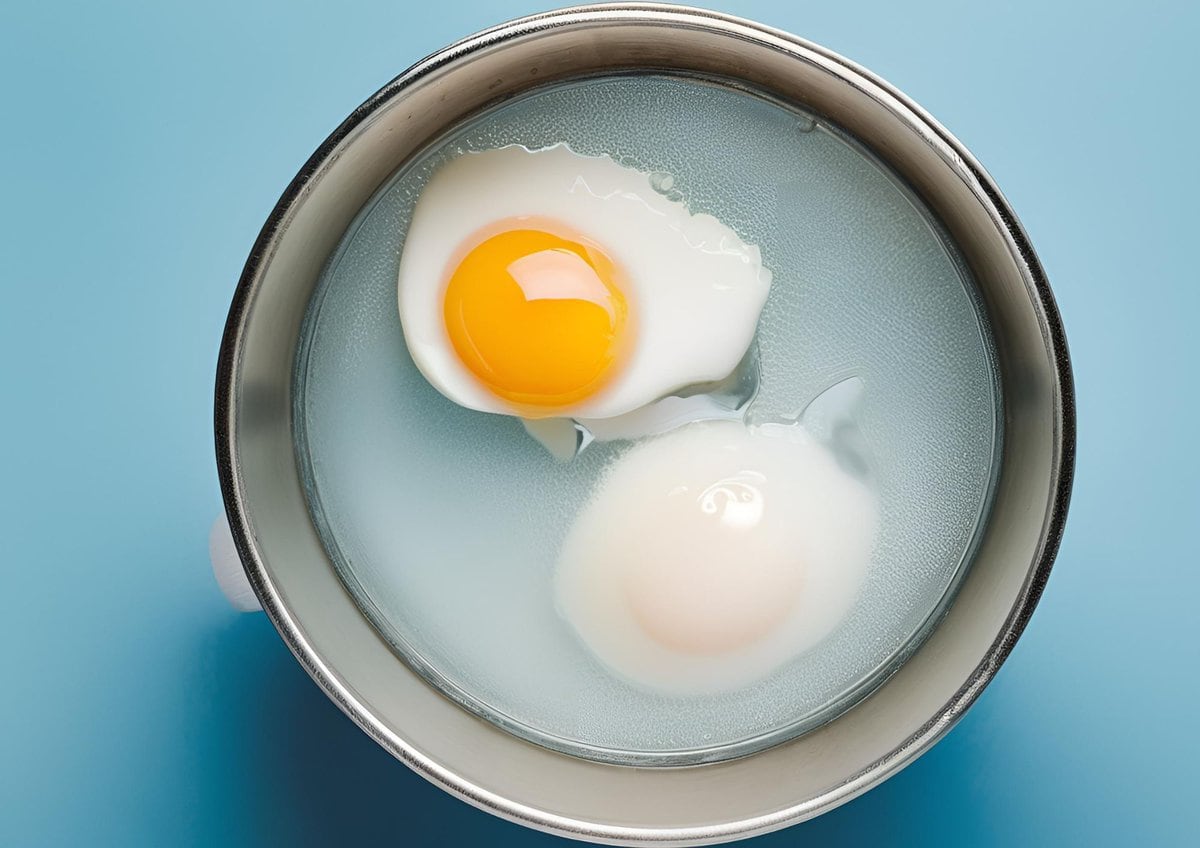
How to Poach an Egg
Now, if you’ve ever been intimidated by the idea of poaching eggs, fear not! It’s easier than it seems, and I’m here to guide you through it. Poached eggs are perfect for topping on toast, salads, or even pasta. Let’s get started!
Step-by-Step Instructions
Fill a pot with water. Start with about 3 inches of water in a pot and bring it to a gentle simmer. If you want to get fancy, add a splash of vinegar to help the egg whites set.
Crack the egg. Crack your egg into a small bowl or ramekin. This makes it easier to slide into the water without breaking the yolk.
Create a whirlpool. Stir the water gently to create a little whirlpool. This trick helps the egg white wrap around the yolk as it cooks, resulting in a beautiful poached egg.
Slide the egg in. Gently slide the egg from the bowl into the center of the whirlpool. It might seem tricky, but you’ve got this!
Cook. Let the egg cook for about 3-4 minutes. If you prefer a runnier yolk, aim for the shorter cooking time.
Remove + drain. Use a slotted spoon to scoop out the egg and place it on a paper towel to drain any excess water. And voila! You’ve got a perfect poached egg ready to enjoy.
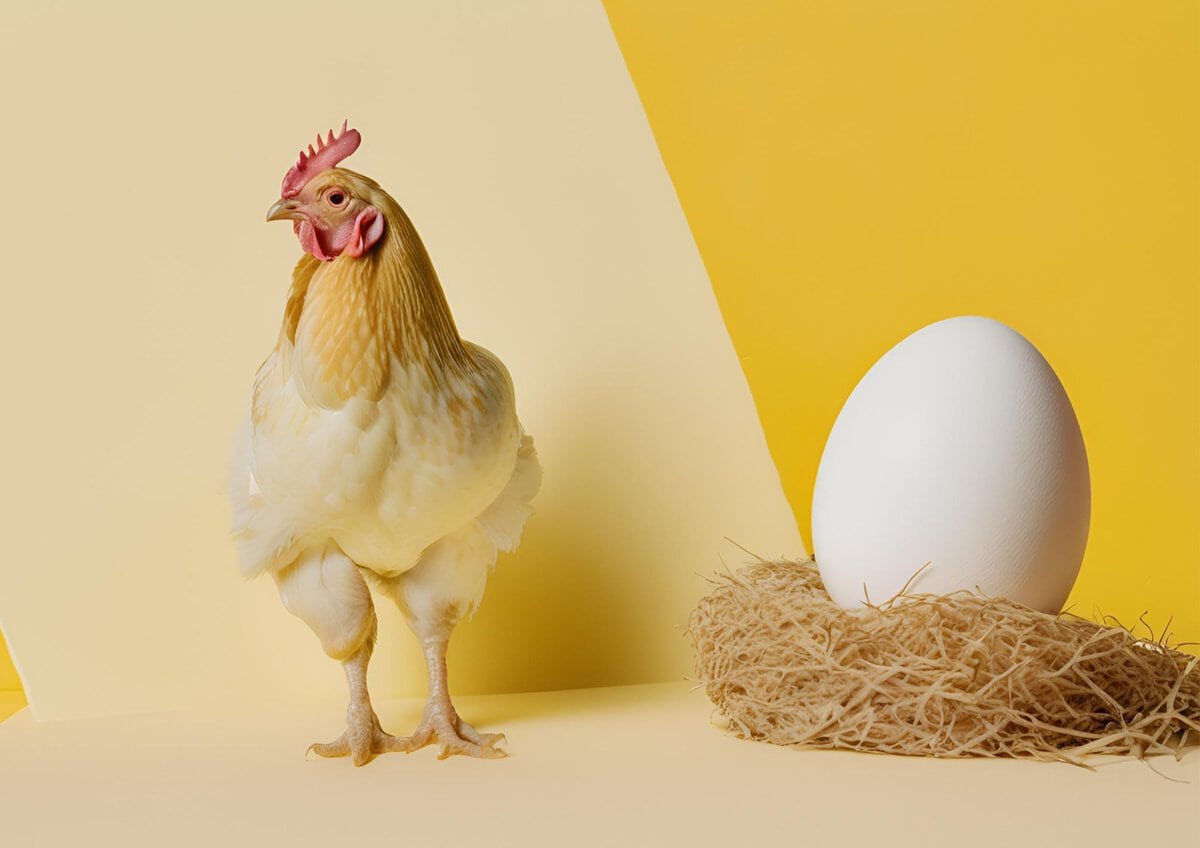
What Came First: The Chicken or the Egg?
Ah, the classic philosophical question! This has sparked debates for centuries, but let’s break it down scientifically. Eggs have been around long before modern chickens evolved. So, if we’re talking about eggs in general, they came first! However, if we’re looking specifically at chicken eggs, the first true chicken likely hatched from an egg laid by a bird that wasn’t quite a chicken.
Vegan Egg Options for Cooking + Baking
If you’re on a plant-based journey or simply want to explore vegan options, there are plenty of delicious ways to replace eggs in cooking and baking. Here are some fantastic vegan alternatives:
Vegan Egg Mixes
- Commercial vegan egg replacers. Brands like Just Egg and Bob’s Red Mill offer powdered mixes that mimic eggs well and are easy to use. Just follow the package instructions!
Tofu Scramble
- Preparation. Crumble firm or extra-firm tofu, then sauté it with your favorite spices and veggies. See my vegan breakfast eggs recipe!
Chickpea Flour Scramble
- Ratio. Mix ½ cup chickpea flour with ½ cup water and season to taste.
- Use. Cook it just like scrambled eggs, and you’ll have a yummy, egg-free dish that’s full of flavor.
Vegan Baking Recipes
When it comes to baking, many of the substitutes we talked about earlier (like flaxseed, chia, and applesauce) work beautifully in vegan recipes.
Here are a few ideas:
- Vegan Banana Bread
- Best Fudgy Vegan Brownies
- The Best Vegan Chocolate Chip Cookies
- The Best Vegan Chocolate Cake
- Homemade Blueberry Vegan Pop Tarts
- Vegan Blueberry Acai Mini Muffins
- Banana Cake with Maple Buttercream
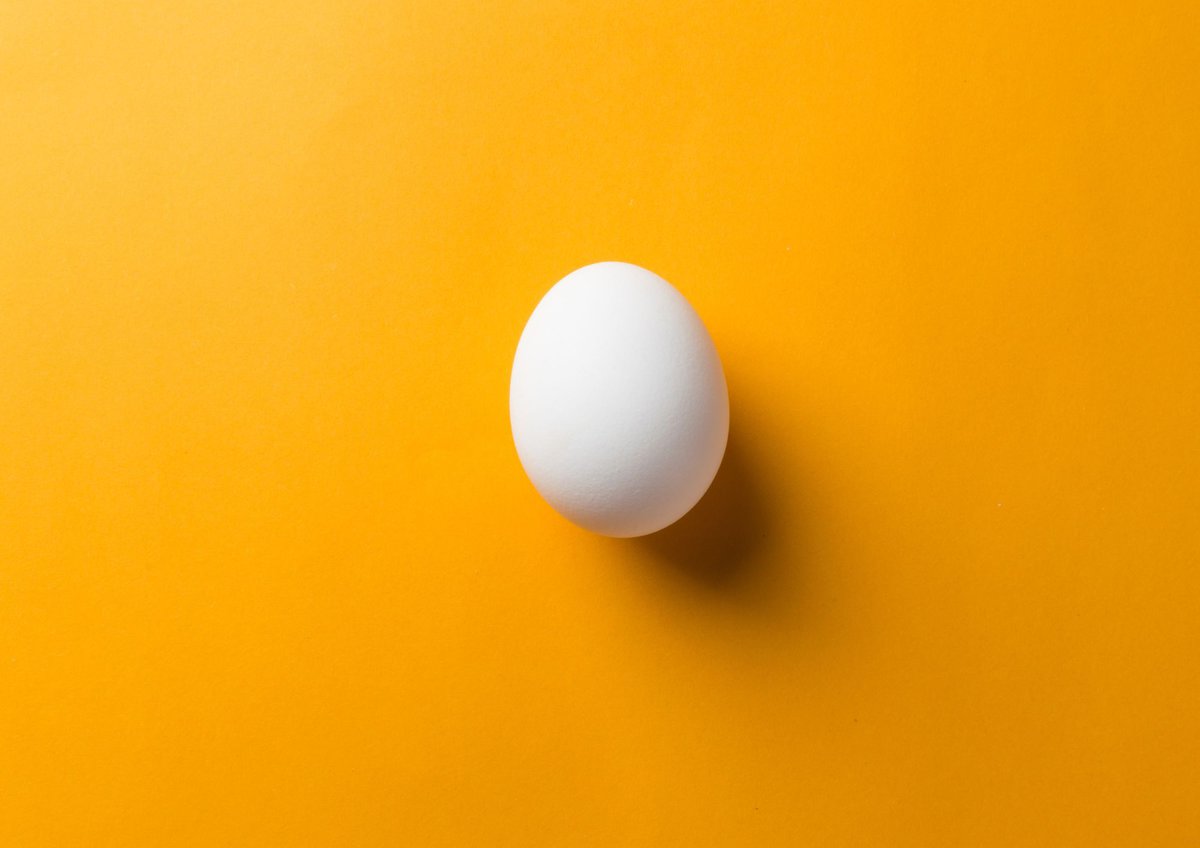
So there you have it! Eggs are such a versatile ingredient, full of protein and used in so many dishes.
There you have it— I hope these Egg Substitutes + Tips helps you to choose the best egg options. If you are looking for any meal inspiration check out my "What To Eat This Week" series for some seriously delicious + healthy eats.
More Wellness Insights You Might Enjoy
If you loved learning about Egg Substitutes + Tips then check out these health + wellness tips next:
- 12 Favorite Healthy Green Leafy Vegetables
- Healthy Oils To Use For Everyday Cooking
- What the World's Longest Living People Are Eating
- Why Flour Lasts Longer When Refrigerated
- Jamaican Herbs That You Should Always Keep On Hand + Remedies
DID THIS HELP IN ANY WAY?
If you've given any of these Egg Substitutes + Tips a try or given any recipes on my website a go, I'd truly appreciate it if you could share your experience by leaving a ⭐ star rating and dropping your thoughts in the 📝 comments below. Your feedback means a lot, and I love hearing from you on your wellness journey!







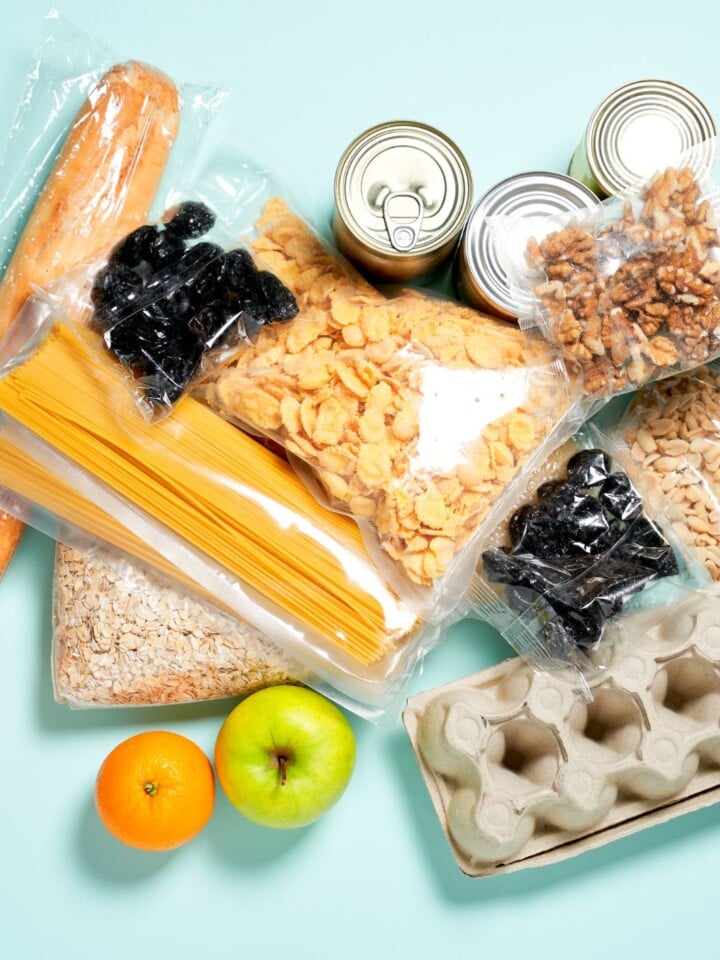
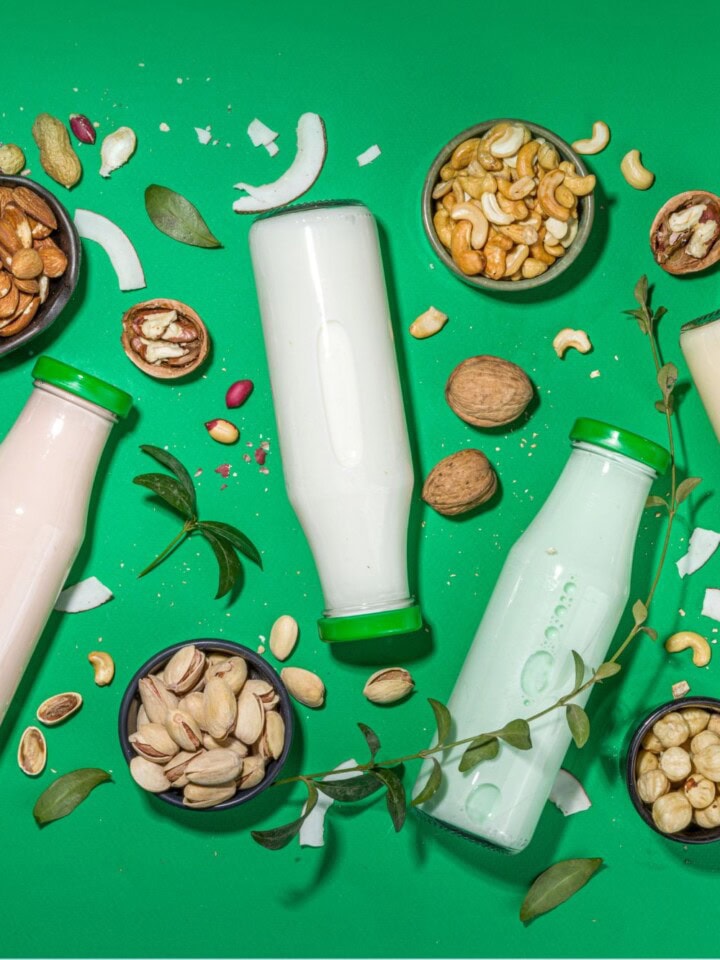
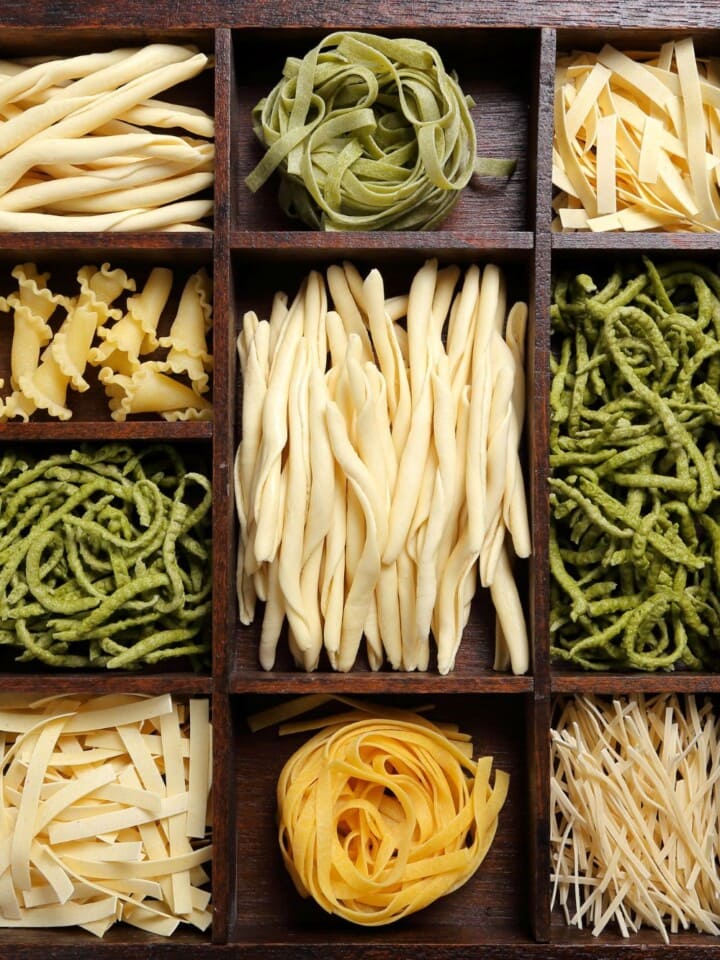
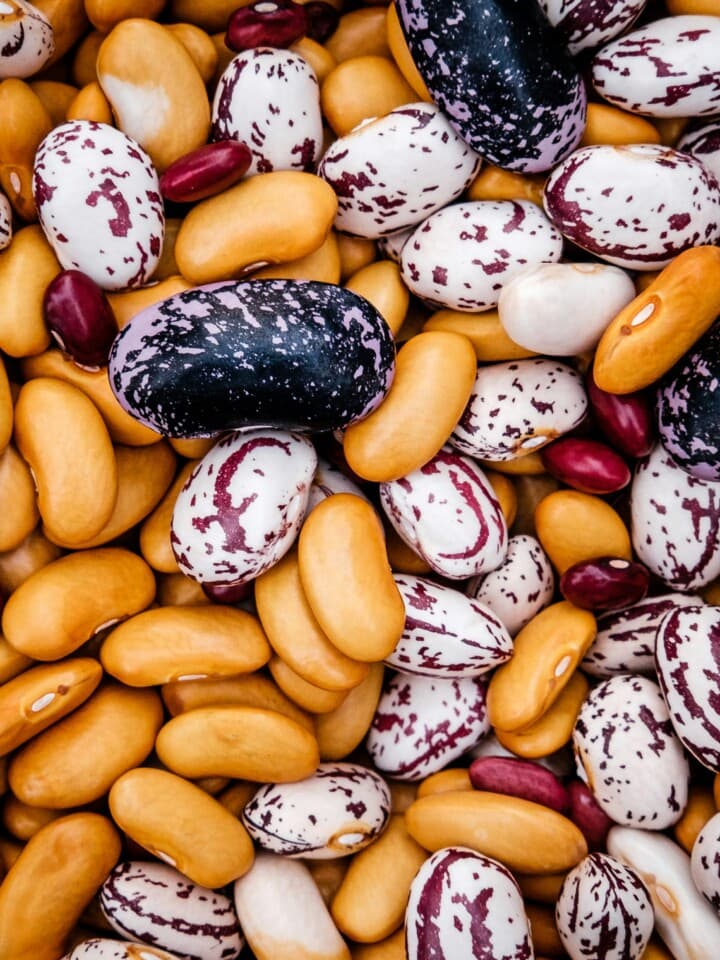
LOVE THIS RECIPE?
LET US KNOW!